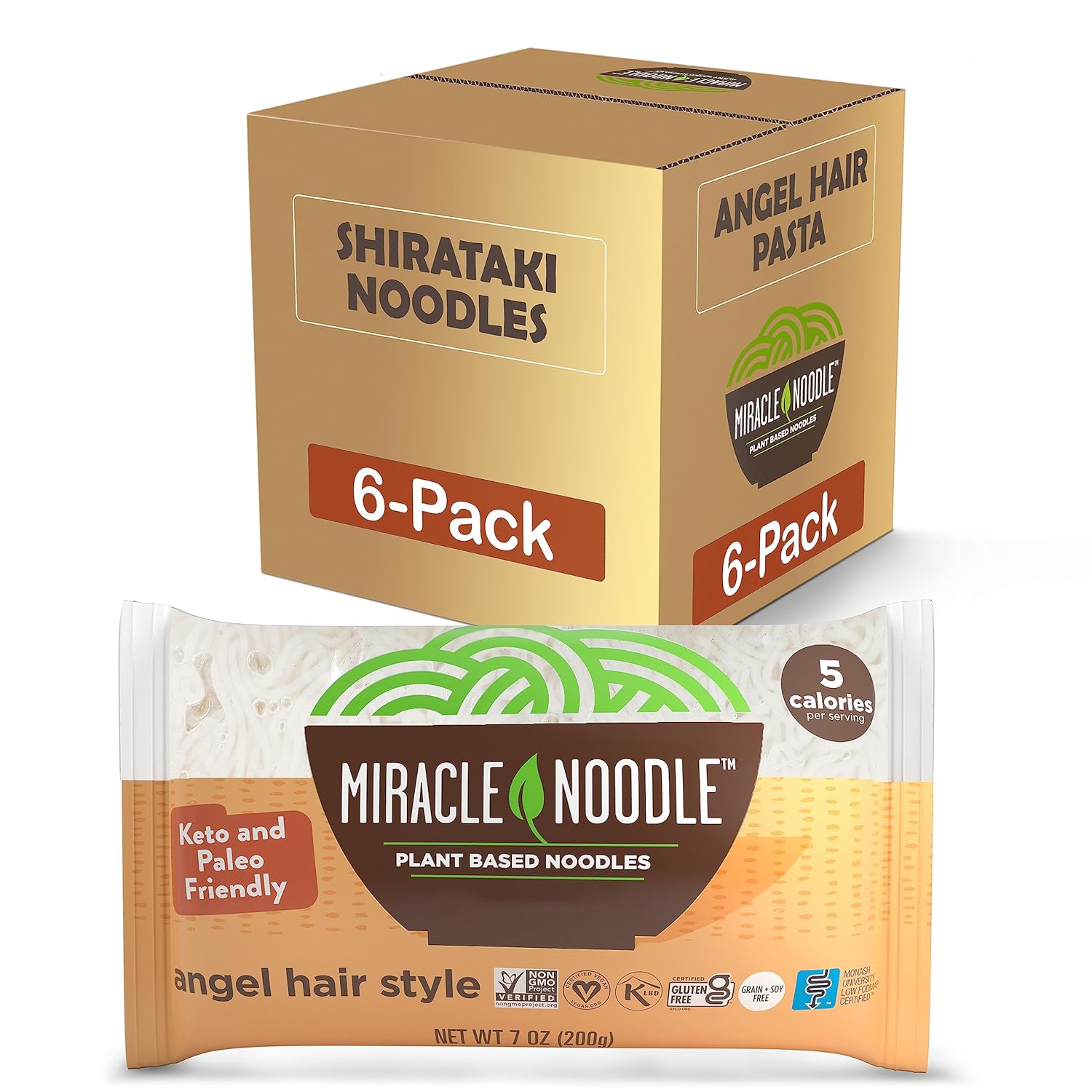Gulp a cup of coffee in the car, stuff a donut in your mouth, or, if you’re feeling slightly healthier, inhale a piece of toast with butter in a mad dash commute to work. Maybe weekends allow you to eat more for breakfast: eggs, bacon, orange juice, 3 cups of coffee… can you relate?
Most people have to be somewhere early morning Monday-Friday, be it a corporate job or dropping off the kids to school. Five hours go by and you’ve been running around like the proverbial chicken with its head cut off. You realize you’re starving so you scarf down a turkey sandwich at the local deli or office cafeteria. Perhaps you think that your sandwich is healthy: you opt for wheat bread (you assume that wheat is healthier, but read this blog for a different view) with a modicum of veggies (dubious in health like conventional pesticide-treated tomato and nutritiously-deficient iceberg lettuce).
Within 45 minutes of inhaling the turkey sandwich, you feel an intense desire to go curl in a ball and take a nap. Your energy level has crashed. But somehow, you power through the rest of the day--an energy drink or perhaps multiple cups of coffee--and although you still feel somewhat off kilter, you manage to get home, clean the house, pick up the kids, cook dinner and finish all the myriad menial tasks it takes to keep the engines running (even though on the inside, you’re running on fumes).
Though you might think you do not have time to keep one, maintaining a food journal is actually easy, especially with high-tech versions (apps) available on smart phones. A food journal will help you see patterns in your diet, providing clues as to why you’re experiencing energy crashes.
If you like the idea of having rock-steady energy and unfluctuating, mentally-stable moods throughout the day, a food journal is the best way to achieve these desired superior traits of well-being.
Record everything that goes down your throat
Achieving steady energy requires more than simply recording what foods you eat on a daily basis. Before explaining what else you should record, however, it should be noted that many people who keep a food journal often forget to record the little ingredients that can possibly lead to depleted energy. Here’s an example: instead of jotting down ‘green salad,’ also include what type of dressing. If the dressing was something other than a tablespoon of extra virgin olive oil, and instead was a huge helping of Caesar’s dressing loaded with processed ingredients and sugar, the dressing could be the culprit for a later energy crash.
Another example: you think you’re eating a healthy hamburger because the beef is organic/pasture-raised/grass-fed/kosher. The bun is gluten-free (might not be healthy after all; read: The Dangers of Gluten-Free foods on the Miracle Noodle blog) and topped with a slice of organic tomato and avocado.
But the food journal forgets to include a popular brand of ketchup that contains high-fructose corn syrup, which interferes with the appetite hormone (ghrelin) signaling the brain not to eat anymore. Your appetite, despite the healthy beef, is insatiable because of the high-fructose corn syrup in the ketchup.
So make sure you record every little seemingly innocuous ingredient, and if possible, the brand name.
Food journals have feelings, too
To fine-tune your diet and thereby achieve steady energy, include the following parameters in your food journal:
--energy level before meal
--mood before meal
--hunger level before meal (1-5 with 5 being starving)
--these 3 parameters after the meal
Taking it a step further, record your energy, mood and hunger levels 30 minutes, 1 hour and 2 hours after a meal. If you think that’s asking too much, you can simplify by recording ‘general well-being’ after meal.
Perhaps within 20 minutes after a meal, you feel satiated and in a good mood, but 30 minutes or so later, you have a craving for something salty and sweet. You’ve also noticed that your mood has swung to the irritable side.
Macronutrient portion sizes are critical
For lunch, you’ve just eaten what you thought was a healthy meal: Miracle Noodle with stir-fry veggies. Within the hour, though, it feels like you didn’t even eat lunch; the problem is that you did not add enough protein to the meal.
Breakfast, lunch and dinner should include protein sources--and natural fat--to regulate blood sugar levels. In other words, a proper balance of carbohydrates (mostly vegetables and a little bit of low-glycemic grains), protein and natural fat acts as the proper fuel for your fine-tuned engine of a body.
Figuring out the correct proportion of macronutrients at each meal will take some fine tuning and trial and error. Some people might thrive on larger portions of protein while others require more natural fat and/or carbohydrates for optimal energy.
Even though life might seem like one stressed-fill episode after another, in other words: too busy to pay attention to how you feel after a meal, keeping a detailed food journal will help you over time, get in touch with how powerful food is in affecting your moods and energy levels.
Time is of the essence for a food journal
Other things you might want to record in your food journal is how you slept the previous night and at what times you began every meal to learn what patterns give you the best energy. Also record how much water you consumed throughout the day. Remember, in addition to noting every condiment, also record everything you drink.
Maybe the bottle of wine you shared at dinner last night is the reason why you’re running on empty today!
Miracle Noodle can help you achieve steady energy. Eat more of it while saving almost 15% Every Time!
Save an additional 15% off every order by enrolling in the Miracle Noodle autoship program. Choose which products you want delivered and how often. It’s that simple. Join today!


